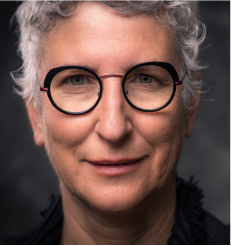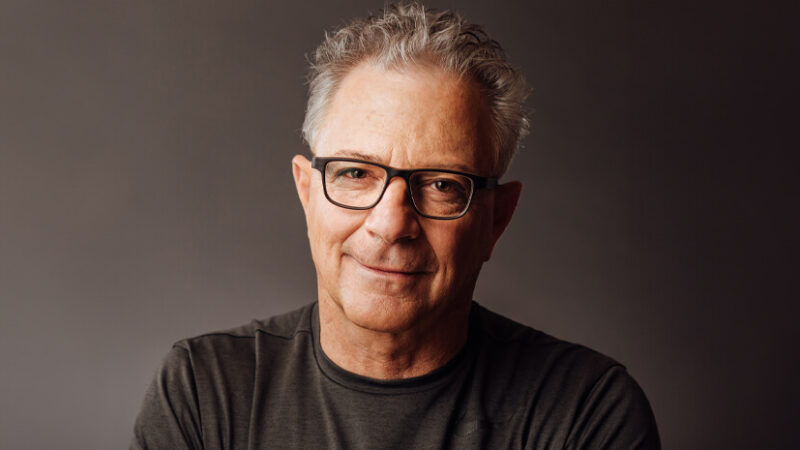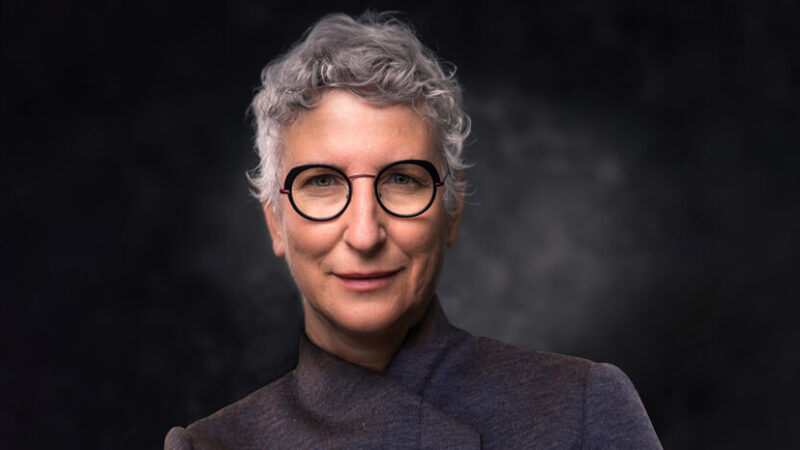When we’re children, we’re encouraged to use our imagination. Yet over time, we tend to leave the imagination behind and emphasize logic and rational thinking. In this podcast, Tami Simon speaks with Pacifica Graduate Institute founder Stephen Aizenstat, Ph.D., about reclaiming the vast resources of our imagination and boosting what he refers to as imaginal intelligence.
Covering fascinating insights in his new book, The Imagination Matrix, Tami and Professor Aizenstat discuss: imaginal intelligence—the capacity to evoke imagination; how curiosity opens a different quality of being in the world; imagination and the neuroplasticity of the mind; the Dig—Aizenstat’s term for journeying into the matrix of the imagination; the practice of Dream Tending; active imagination and the work of Carl Jung; the autonomy of the deep imagination; two questions that shift us from the person-centric view of our dreams; the sense of support and belonging we find through dreamwork; how imagination evokes innovation, creativity, and motivation; the four quadrants of the Imagination Matrix—Earth, Mind, Machine, and Universe; “the place of confluence” and accessing the gifts of the imaginal realms; dreamwork as complementary medicine; the Wounded Healer; listening to the stories coming forward at this time in human history; and more.
Note: This episode originally aired on Sounds True One, where these special episodes of Insights at the Edge are available to watch live on video and with exclusive access to Q&As with our guests. Learn more at join.soundstrue.com.









